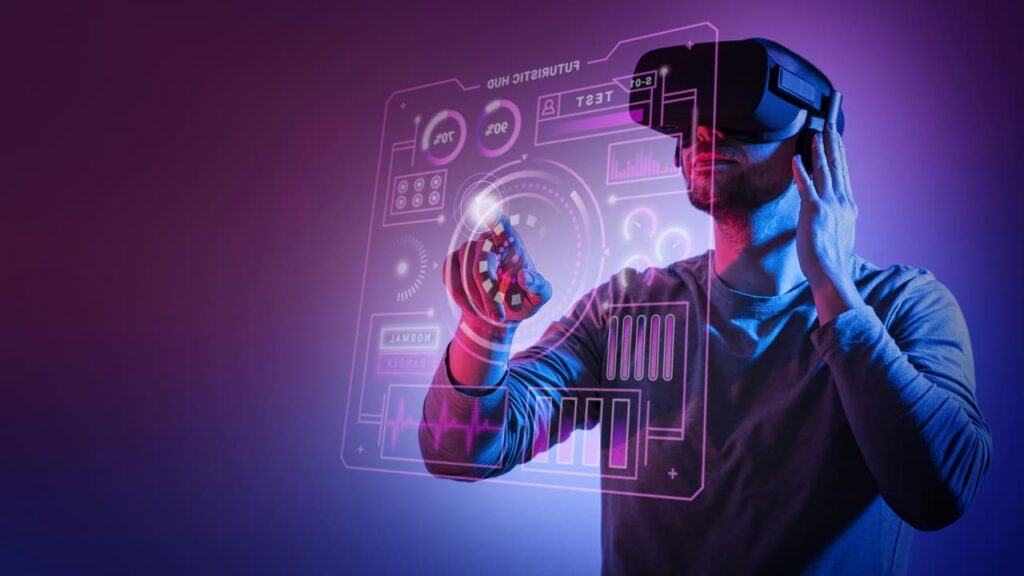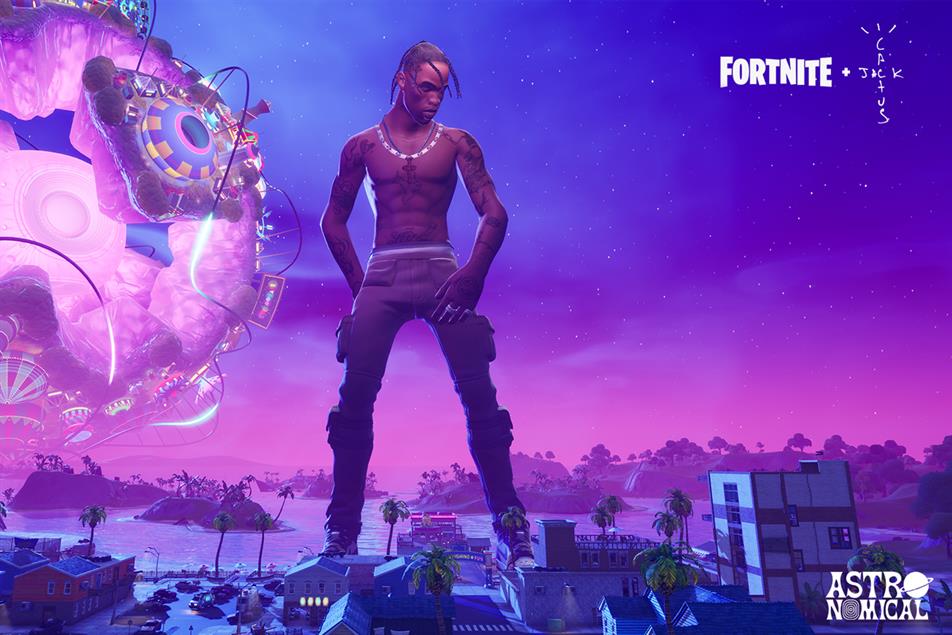The Metaverse represents a paradigm shift in digital interaction, merging virtual reality (VR), augmented reality (AR), and blockchain technology to create immersive environments where users can socialize, work, and play. As game developers, understanding the intricacies of building within the Metaverse is crucial for creating engaging experiences that captivate users. This article outlines the key steps to construct immersive digital universes, supported by real-world examples, research, and complex data.

Understanding the Metaverse Framework
The Metaverse is not a singular entity but a collection of interconnected virtual spaces. According to a report by McKinsey & Company (2022), the Metaverse could generate up to $5 trillion in value by 2030, indicating its potential as a significant economic driver. The framework of the Metaverse consists of several layers, including infrastructure, user experience, and content creation. Each layer plays a vital role in the overall functionality and appeal of the digital universe.
1. Infrastructure Development
The foundation of any Metaverse experience lies in its infrastructure. This includes the hardware and software that support the virtual environment. Key components include:
- Cloud Computing: The Metaverse requires substantial computational power to render complex environments in real-time. Cloud services like AWS and Microsoft Azure provide scalable solutions that can handle the demands of large-scale virtual worlds.
- Blockchain Technology: Decentralization is a core principle of the Metaverse. Blockchain enables secure transactions and ownership of digital assets. For instance, platforms like Decentraland utilize Ethereum to facilitate property ownership and trade.
- Networking Protocols: Low-latency communication is essential for real-time interactions. Technologies such as WebRTC and 5G networks are pivotal in ensuring seamless connectivity.
2. User Experience Design
User experience (UX) is paramount in the Metaverse. A well-designed UX can significantly enhance user engagement and retention. Key considerations include:
- Immersive Interfaces: Utilizing VR and AR technologies can create more engaging experiences. For example, Oculus Quest 2 has revolutionized how users interact with virtual environments, providing intuitive controls and immersive visuals.
- Accessibility: Ensuring that the Metaverse is accessible to a diverse audience is crucial. This includes designing for various devices, including mobile phones, PCs, and VR headsets.
- Social Interaction: The Metaverse thrives on social connections. Incorporating features like voice chat, avatars, and collaborative spaces can enhance user interaction. Platforms like VRChat exemplify this by allowing users to create and share their virtual spaces.
3. Content Creation and Asset Management
Content is the lifeblood of the Metaverse. Developers must focus on creating high-quality, engaging content that resonates with users. This involves:
- 3D Modeling and Animation: Tools like Blender and Unity are essential for creating realistic 3D assets. According to a study by Statista (2023), the global 3D animation market is projected to reach $30 billion by 2025, highlighting the growing demand for high-quality digital content.
- User-Generated Content (UGC): Encouraging users to create their own content can significantly enhance engagement. Platforms like Roblox have successfully leveraged UGC, allowing users to design their own games and experiences.
- Asset Management Systems: Efficient management of digital assets is crucial. Implementing a robust asset management system can streamline the process of updating and maintaining content.
Real-World Examples of Metaverse Development
Several companies have successfully navigated the complexities of Metaverse development, providing valuable insights into best practices.
Epic Games and Fortnite
Epic Games has transformed Fortnite from a battle royale game into a social platform. By hosting virtual concerts and events, such as the Travis Scott concert in 2020, which attracted over 12 million concurrent players, Epic Games has demonstrated the potential of the Metaverse as a social space. The integration of user-generated content through Creative Mode allows players to build their own experiences, further enhancing engagement.

Travis Scott’s Fortnite event attracted millions, showcasing his social power.
Meta Platforms and Horizon Worlds
Meta Platforms (formerly Facebook) has invested heavily in the Metaverse, with Horizon Worlds serving as its flagship social VR platform. By focusing on user interaction and community building, Meta aims to create a space where users can connect, create, and collaborate. The platform’s emphasis on user-generated content has led to a diverse range of experiences, from games to art galleries.
Decentraland and Virtual Real Estate
Decentraland is a prime example of a blockchain-based Metaverse where users can buy, sell, and develop virtual real estate. The platform’s economy is driven by its native cryptocurrency, MANA, allowing users to trade land and assets securely. In 2021, a virtual plot of land in Decentraland sold for $2.43 million, showcasing the potential for real-world value in digital assets.
Challenges in Metaverse Development
While the potential of the Metaverse is vast, developers face several challenges:
- Interoperability: Creating a seamless experience across different platforms is a significant hurdle. Standards and protocols must be established to ensure compatibility between various Metaverse environments.
- Security and Privacy: As users engage in financial transactions and share personal data, ensuring security and privacy is paramount. Implementing robust encryption and data protection measures is essential.
- Scalability: As user bases grow, maintaining performance and stability becomes increasingly challenging. Developers must design systems that can scale efficiently without compromising user experience.
Key Takeaways
Building immersive digital universes within the Metaverse requires a multifaceted approach that encompasses infrastructure development, user experience design, and content creation. By leveraging advanced technologies and learning from successful real-world examples, game developers can create engaging experiences that resonate with users. However, challenges such as interoperability, security, and scalability must be addressed to unlock the full potential of the Metaverse.
In summary, the Metaverse is an evolving landscape that presents both opportunities and challenges for game developers. By focusing on infrastructure, user experience, and content creation, developers can construct immersive digital universes that captivate and engage users in unprecedented ways.

